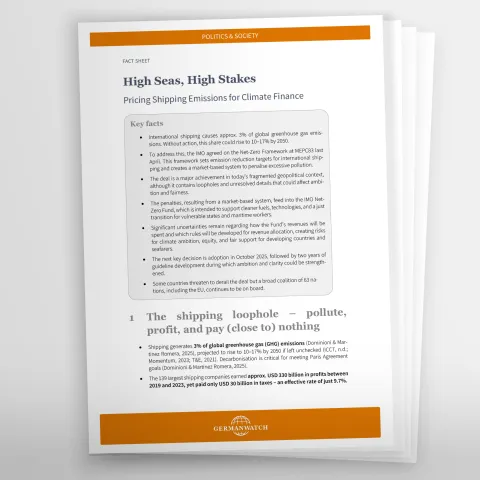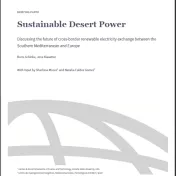
Every day, tens of thousands of ships carry nearly 90% of global goods - making international shipping the engine of world trade. But this engine runs dirty: the sector already emits 3% of global greenhouse gases and could surge to 10–17% by 2050 if left unregulated.
The sector is also one of the world’s largest free-riders. Special taxation rules allow shipping companies to minimize payments despite record profits.The result: taxpayers effectively cover a hidden subsidy of over EUR 22 billion in Germany alone (2021–2024), enabling one of the world’s highest-emitting industries to enjoy massive profits while contributing far less than its fair share.
In April 2025, the International Maritime Organisation (IMO) agreed on a Net-Zero Framework—the first global system to set emission-reduction targets and put a price on shipping emissions. But key details remain unresolved: unclear revenue allocation and limited sector coverage could undermine both ambition and fairness. With formal adoption scheduled for October 2025, governments face a clear choice: let shipping remain an undertaxed climate laggard, or seize a historic opportunity to align this crucial global industry with climate justice.
The factsheet highlights the gaps that must be closed to put the international shipping sector on a climate-just path under the Net Zero Framework.




